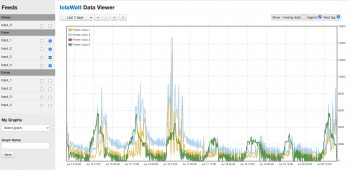Linear regulator - drops voltage across it and burns power, inserting "real" resistance".
If you fed the two lines through two windings of a transformer, e.g. two 120VAC 50A windings, that would act as a choke and only let current through one if also going through the other. "imaginary" reactance, coupled. Unless both relays close, near zero current would flow, voltage at load collapses unless inverter keeps supplying.
My Sunny Island is stacked 2s2p, showed 3:1 imbalance at first with about 60' of 6 awg (matched length) and one pole each of QO270 breaker. Replaced that with Schneider 2 pole multi-9 63A, and matched about 9:10.
I think the deal with the Schneider is timing of switching. At least with SMA, inverter can source/sink from battery while bypassing, which could keep current within limit during brief delay before parallel relay switches.







